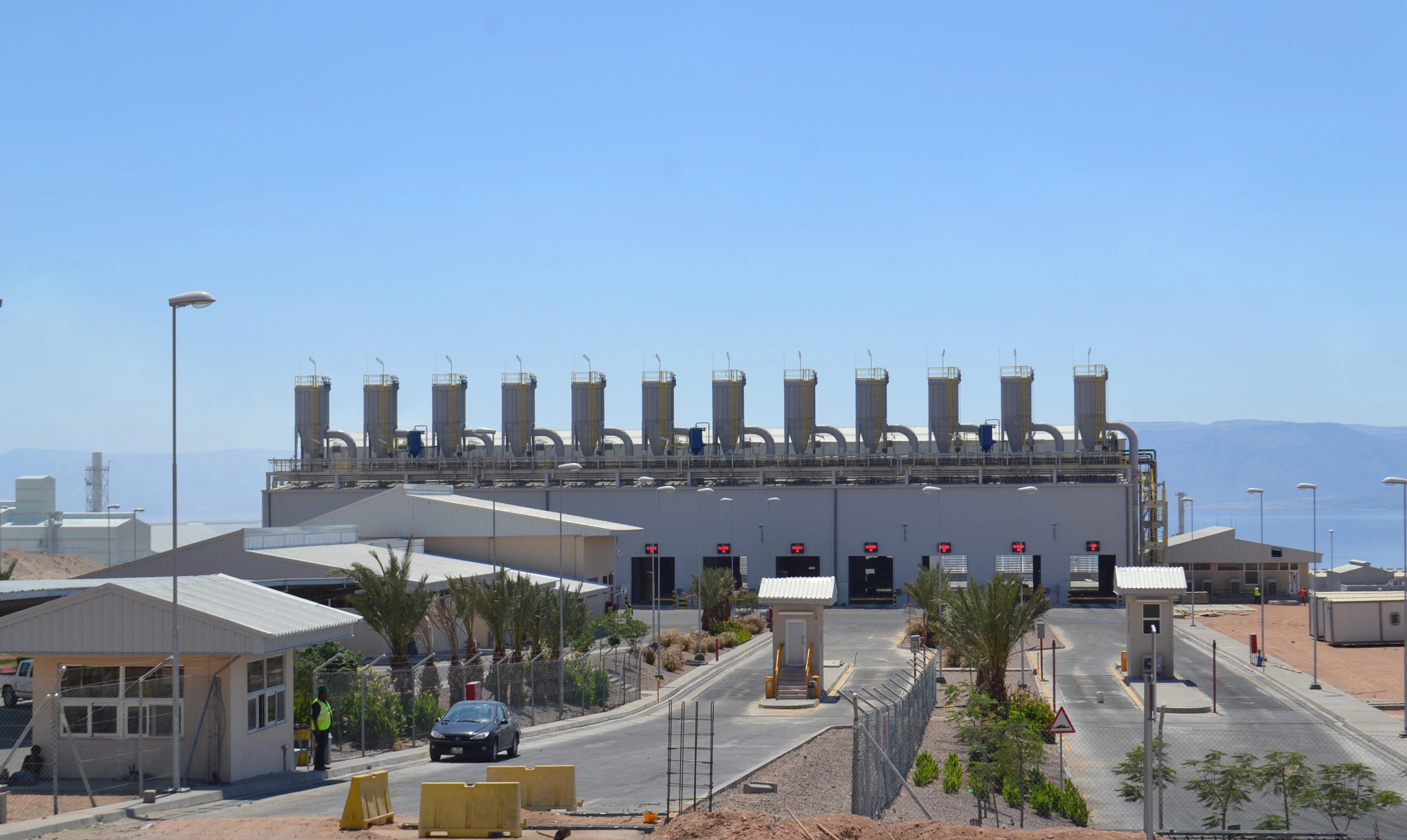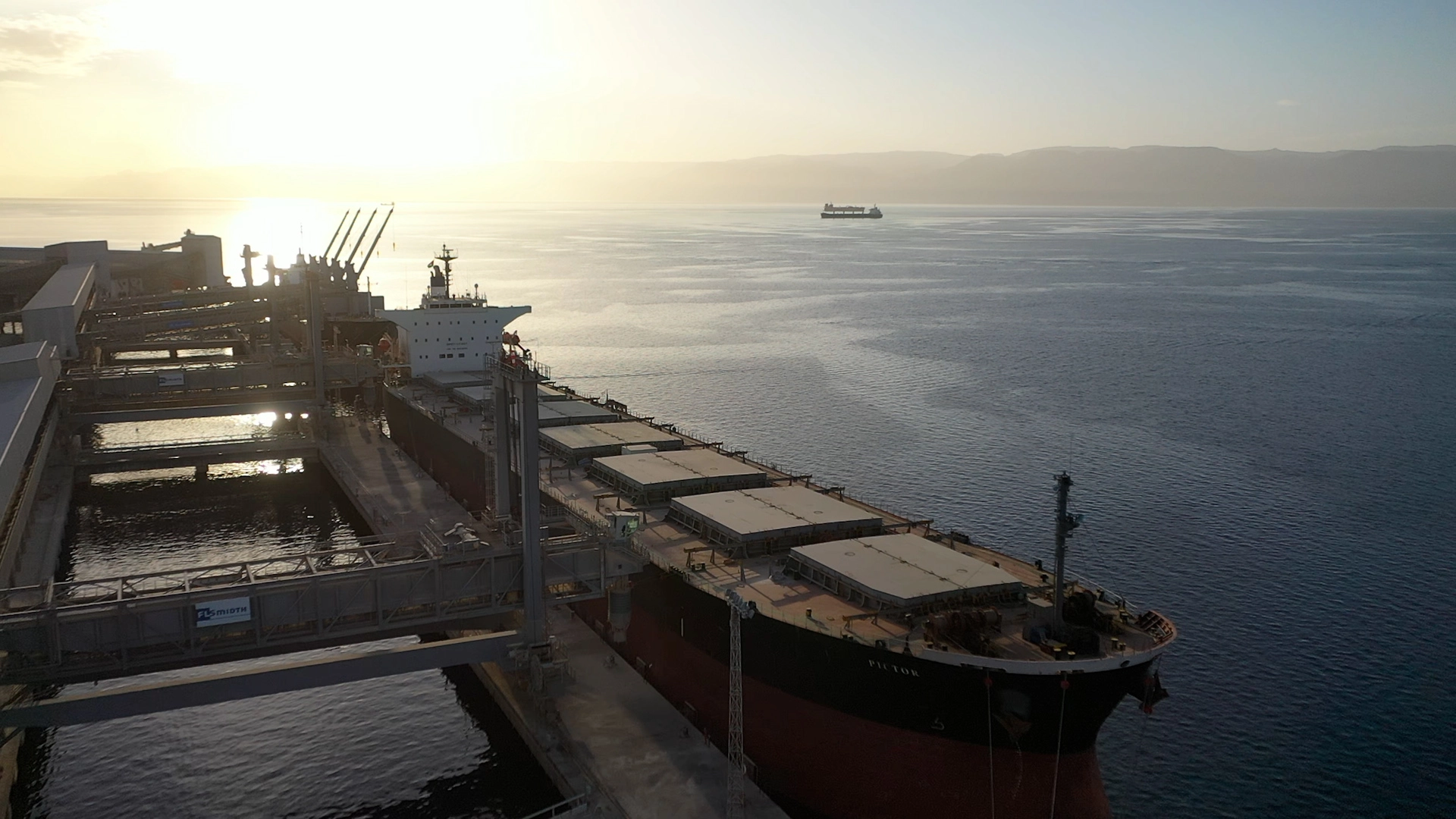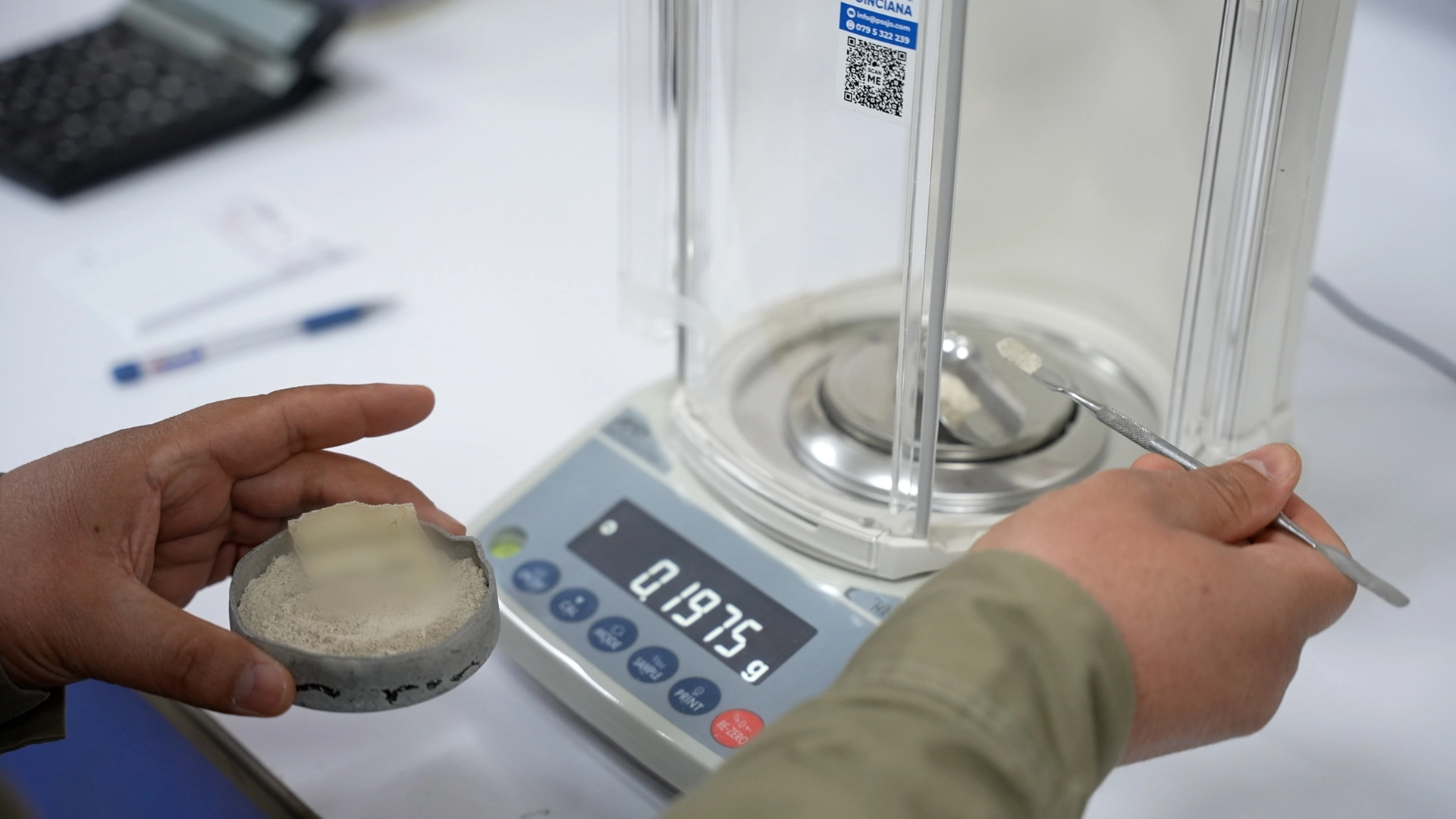Phosphate Exportation Port
Phosphate Exportation Port
The Phosphate Exportation Port was established in its new location in 2012 on the Red Sea shore 20 Km to the south of Aqaba city.
It is aimed at blending the phosphate supplied from the mines of different grades in order to fulfill the specifications required by the customers and to load it on the vessels heading to different countries worldwide. The exportation capacity is 7 million tons/year. The total space of the exportation port is (138599) square meters. It comprises of an area for unloading the trucks, the storage depots with a space of (127000) square meters, and the marine pier with a space of (11500) square meters.
The Truck Unloading and Storage Depots Area
This area comprises of 12 truck unloading stations; the unloading average is 20-30 thousand tons/day.
The unloaded phosphate is transported via conveyor belts and stored in 6 depots used to accommodate phosphate of several grades with a storage capacity of 240 thousand tons.
There is a safeguard system to separate the metal
A protection system is available to separate mineral impurities from phosphate during unloading into the depots and during loading onto ships (Magnetic Separator).

The Marine Pier Area
The pier is (250) meter long and is used to ensure safe docking of ships of several sizes (5000-100000) tons
There are also facilities for loading phosphate on ships (ship loaders) with a loading capacity of (2200) tons/hour, and a pipe conveyor for phosphate from the depots area to the ship loading point of (1600) meter long. There is an automatic sampler unit on the conveyor belts prior to loading on vessels in order to obtain representational samples of the loaded shipments. The operation system in the Port performs the unloading and loading operations according to the international system of SCADA.
Quality Assurance
To ensure loading of phosphate in compliance with the required specifications, there is a laboratory to analyze (test) representational samples of phosphate supplied daily from the phosphate mines and loaded on ships.
The analyses results are monitored on an ongoing basis at a division specialized in quality control. Based on the analysis results, the blend ratios of the phosphate grades are identified in a manner that fulfills the customer requirements.The laboratory examines phosphate components using internationally approved analysis methods, as well as using advanced devices such as the X-RAY device and the UV-SPECT device. A trained and qualified team works in the laboratory throughout the day.

Environment Conservation and Occupational Health and Safety
Setting out from the Company’s vision to conserve environment and maintain safety of workers, visitors, assets, and equipment while seeking sustainability of the mining sector, the Phosphate Exportation Port pays much attention to this issue by enforcing strict procedures monitored by the Safety and Environment Division as follows:- Controlling dust spread during the unloading of trucks and loading them to the depots and loading on ships (De-dusting System) via the control systems subjected to a regular preventive maintenance schedule.
Recycling water by treating it according to standards set by the State and using it in crops irrigation.
Providing firefighting systems distributed on all sites and in buildings, according to the requirements of the Jordanian Civil Defense and international codes. - Continuous monitoring of workers’ commitment to using public safety tools and following all instructions related to occupational safety.
- Organizing in-house training courses and courses with external parties to raise awareness of risks and their prevention.
- Several external entities conduct environmental checks such as the level of dust in the air and water specifications.
- These checks are meant to monitor the port’s compliance with the required standards; and periodic medical examinations are done for workers to ensure they are in good health and safe.
Accordingly, the Phosphate Exportation Port acquired the following certificates of the International Standards Organization:
ISO 9001, ISO 18001, ISO 45001
These certificates prove the Port’s commitment to achieve all standards of quality, environment and safety.